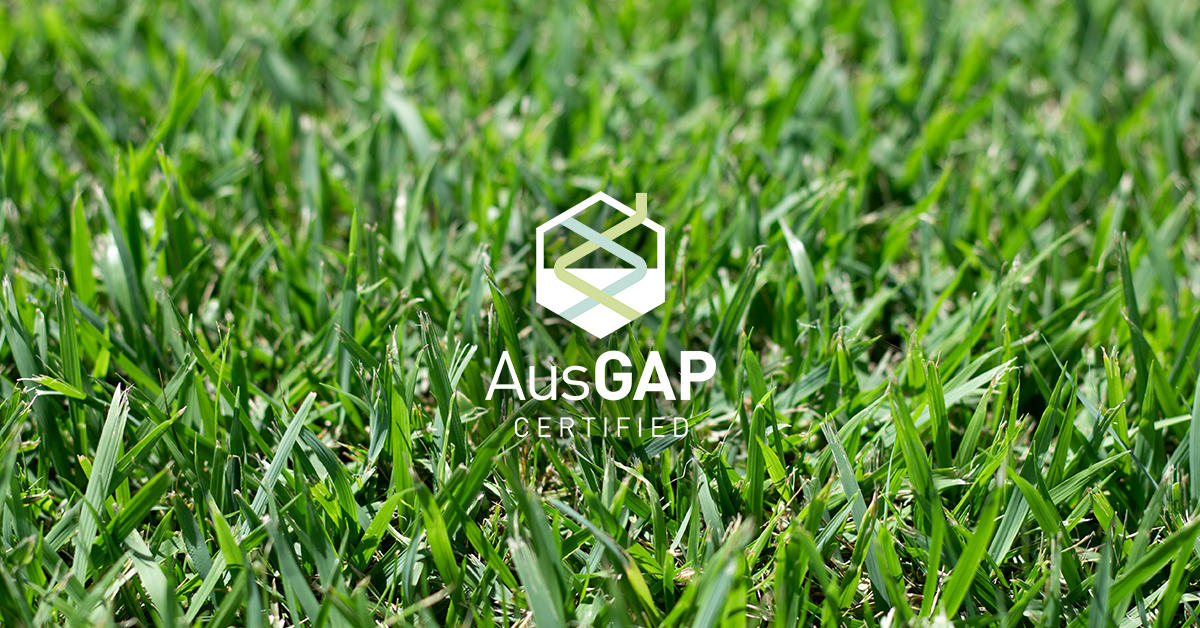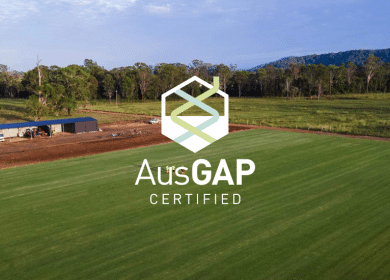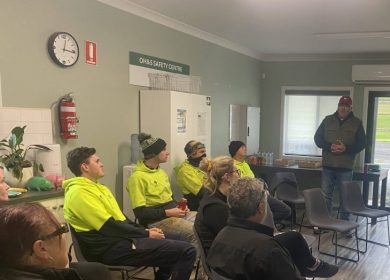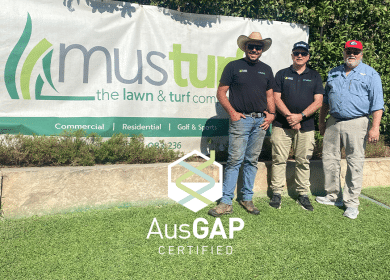
Choosing the right turfgrass for your landscape is not just about aesthetics; it’s about selecting a variety that will thrive in your specific environment and meet your sites unique needs. This concept, known as ‘fit for purpose’, ensures that the grass you choose is well-suited to its intended use and local conditions. This ultimately saves time, money, and effort in the long run. Whether you’re looking to create a lawn for the home, a durable playing field, or a low-maintenance public space, understanding what makes turfgrass fit for purpose is essential. In this article, we will explore the meaning of fit for purpose turfgrass, the implications of choosing the wrong type, and provide guidance on how to select the best turfgrass for your needs.
What does fit for purpose mean?
The term ‘fit for purpose’ means that a product or service is well suited to perform a specific function or meet certain criteria. In the context of turfgrass, it refers to selecting a variety that is best suited to the specific conditions and intended use of the area being landscaped. This consideration includes factors such as climate, soil type, anticipated foot traffic, maintenance capabilities, and aesthetic preferences. Ensuring that the turfgrass is fit for its intended purpose helps to achieve optimal performance, longevity, and overall satisfaction.
What is fit for purpose turfgrass?
Fit for purpose turfgrass is a variety that has been carefully chosen to match the specific needs and conditions of a given environment. This type of turfgrass should thrive in the local climate, whether it be low water access, shaded, heavily trafficked, or any other specific condition. For instance, zoysia grasses are often chosen for their fine appearance and low maintenance needs, making them ideal for regions that are hard to maintain. In contrast, couch grasses might be preferred for their ability to recover from wear, making it suitable for high-traffic areas like sports fields.
What is the cost of choosing a turfgrass not fit for purpose?
Choosing a turfgrass that is not fit for purpose can lead to multiple issues and increased costs over time. A poorly chosen grass variety might struggle to survive in the local climate, leading to increased water, fertiliser, and pesticide use to keep it alive. It can also result in poor aesthetics and performance, such as patchy or discoloured grass, which can diminish the enjoyment and utility of the space. In high traffic areas, inappropriate turfgrass can wear out quickly, requiring frequent repairs or replacements. These additional maintenance and replacement costs can significantly exceed the initial investment in the properly chosen, fit for purpose turfgrass.
How to choose turf fit for purpose
Selecting turfgrass that is fit for purpose involves a thorough assessment of the specific needs and conditions of the area to be landscaped. Here are key steps to ensure the best choice:
- Understand the Climate: Consider the local climate, including temperature ranges, rainfall patterns, and potential drought conditions. Choose a turfgrass variety that is well-adapted to these climatic conditions.
- Evaluate Soil Type: Different grasses thrive in different soil types. Conduct a soil test to determine the pH level and nutrient content and select a turfgrass that is compatible with your soil or amend the soil profile to align with your choice of turfgrass.
- Consider Foot Traffic: Assess the expected level of foot traffic. For high-traffic areas, choose a durable grass variety that can withstand frequent use.
- Maintenance Capabilities: Determine the amount of time and resources you can dedicate to the maintenance of the turf.
- Aesthetic Preferences: Consider the desired appearance of your lawn. Some grasses offer a lush wide leaf, while others may have a finer texture or unique colour variations.
Choosing turfgrass that is fit for purpose is crucial for achieving an aesthetic, functional, and sustainable landscape. By understanding the specific needs and conditions of your environment and carefully selecting the appropriate grass variety, you can enjoy a thriving landscape that meets your expectations and last over time.


